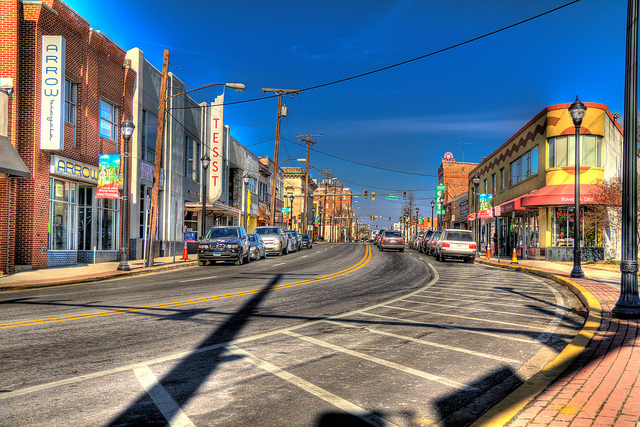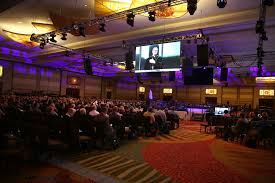There has been plenty of discussion of Rod Dreher’s The Benedict Option, but what we really need (as MacIntyre’s image was supposed to indicate) are lived communities of practice. Examining this practice is really what counts as argument.
And so I was pleased to see that NPR’s All Things Considered aired an extended segment on the growing intentional Catholic community in Hyattsville, Maryland, centered around St. Jerome’s parish and school. I’m grateful to count several of my colleagues here as sharers in that membership. And I was happy that, when my mother told me about hearing this on the radio on Monday, she first said, “They stressed that they are not angry.” It’s worth listening to the whole piece (which differs somewhat from the print piece), but I’d highlight three things to note in particular:
- Yes, they are not angry. Or particularly defensive. There is a place for righteous sorts of anger in the Christian life, and even times when defensiveness is unavoidable. However, this should not be the standard posture. Especially when this anger becomes bitterness and ruthlessness. The web – and now the election of Donald Trump – has probably amplified the voices that are truly bitter. But they are hopefully not representative, and those who seek intentionally to live their faith need not do so from a stance where everything is a fight. Whatever the BenOp is, it should not be bitter.
- The intentionality is gradual and complex. What to me is most striking about Hyattsville is that it emerged over time, almost “organically,” and it is not on the model of movements such as the Catholic Worker or Focolare, centered around houses or services that are quasi-monastic. It is in fact truly parish-centered. Yet the parish is not simply a mega-service-provider with multiple pages of bulletin announcements. Rather, it is the center of a lived web of complex community life. It is intentional… but it is not top-down planned or organizational. Rather, it simply involved people making intentional choices over time in relation to others.
- There wasn’t a cleric or church professional in the whole feature. The universal call to holiness, with special emphasis on the responsibilities of the laity to “consecrate the world” is the single most overlooked revolution in the Vatican II documents. And this is pretty much what it looks like. True, it has a distinct piety, and other lay communities of intentional commitment might adopt different sorts of piety (but not no piety!).
There are many models for the church of the future. This isn’t the only one, for sure. Leah Libresco had a fine feature on an explosively active parish outside Charlotte, which certainly has a different model. I’m blessed to be part of one myself. But Hyattsville is as thorough and grass-roots an example as I’ve seen.




